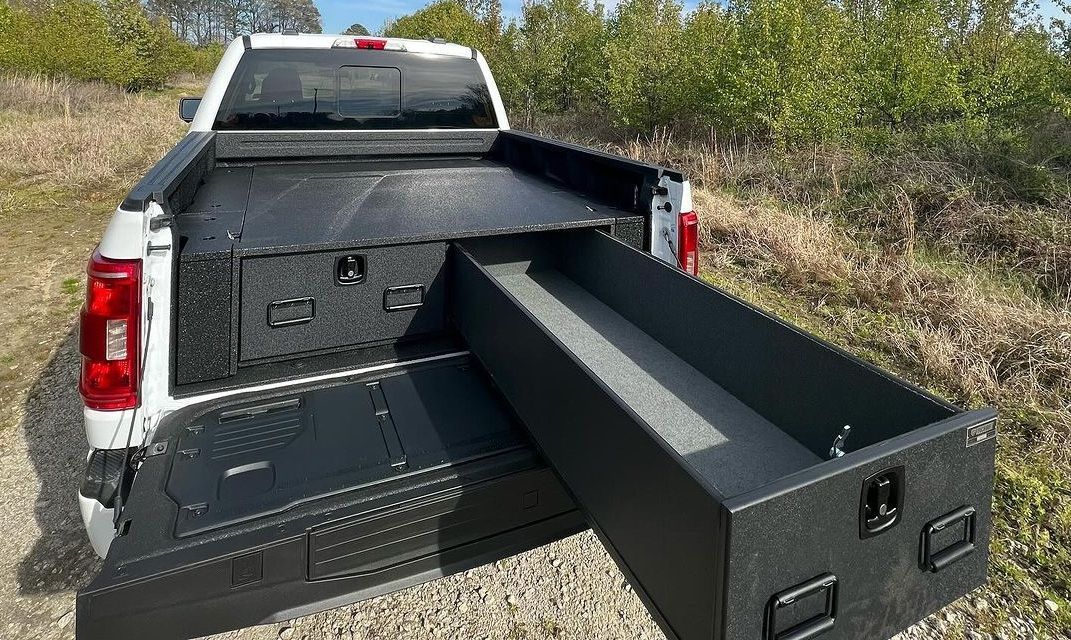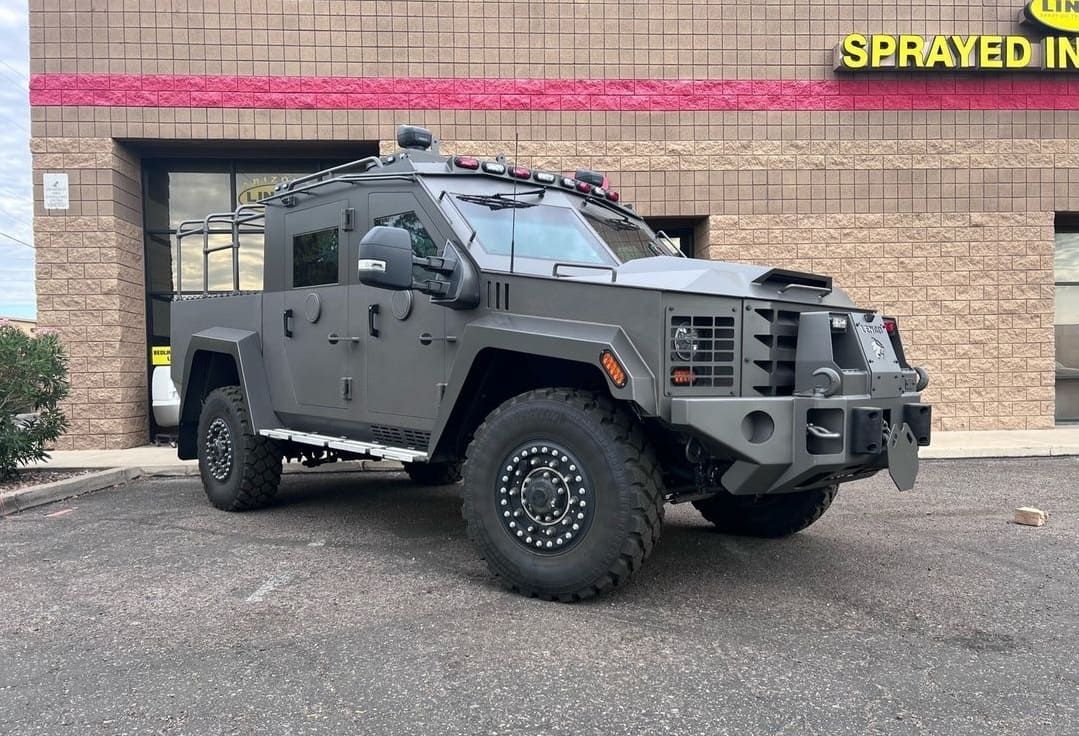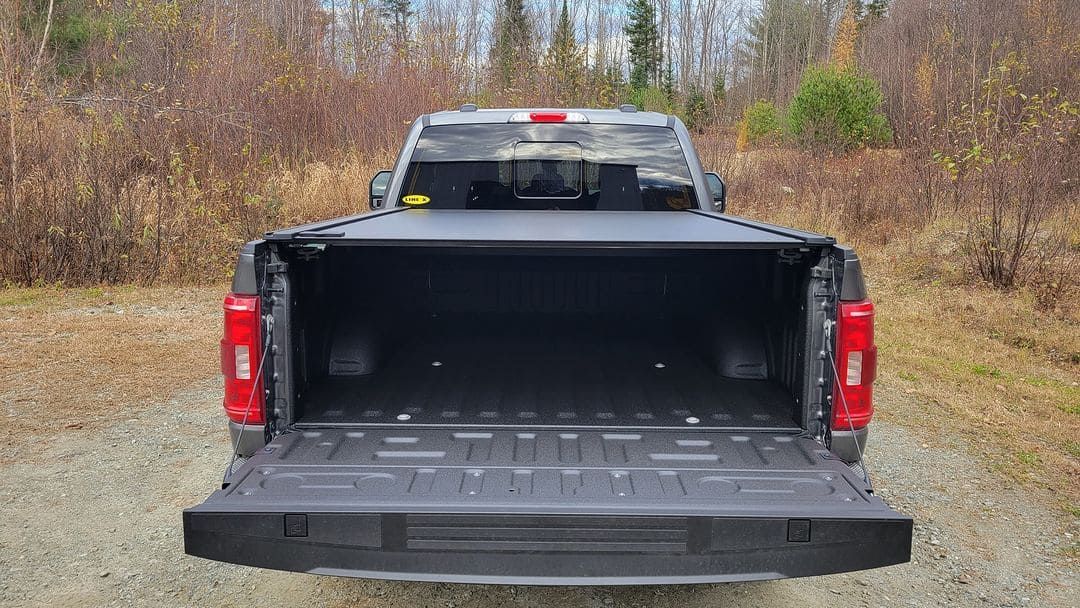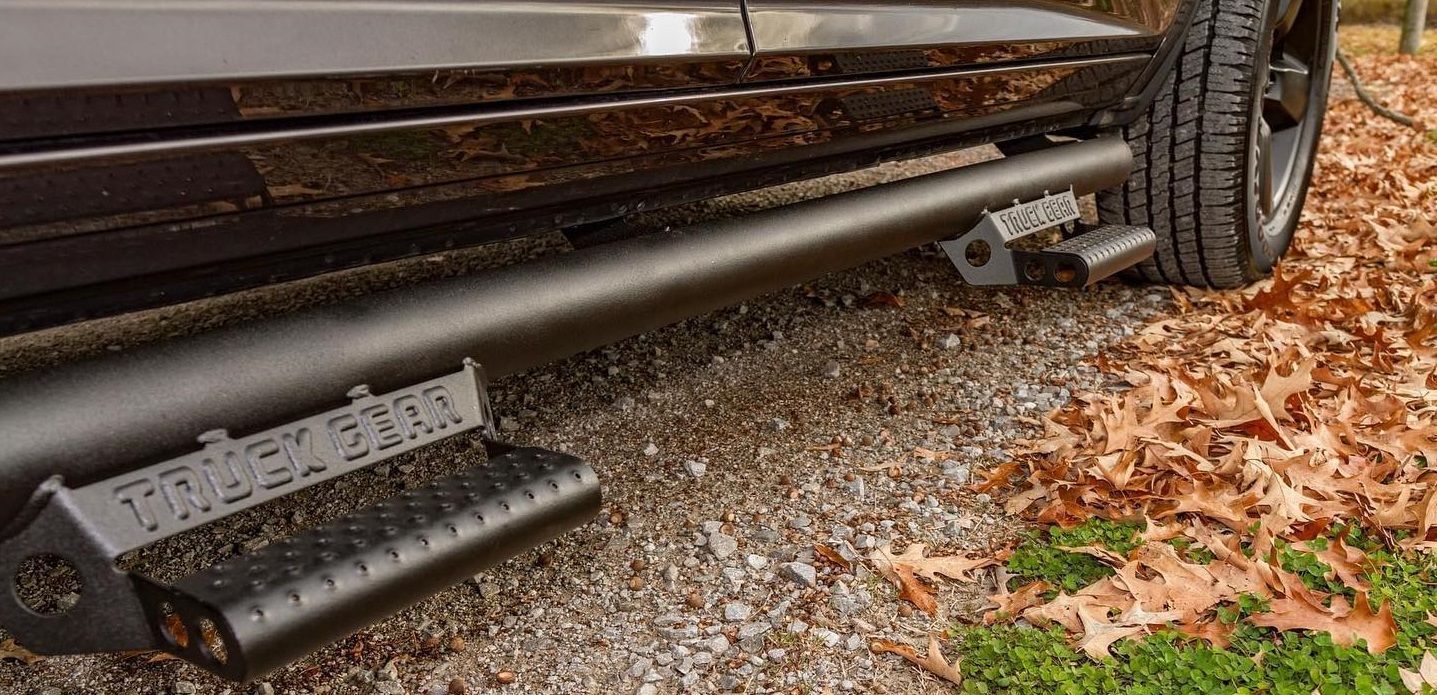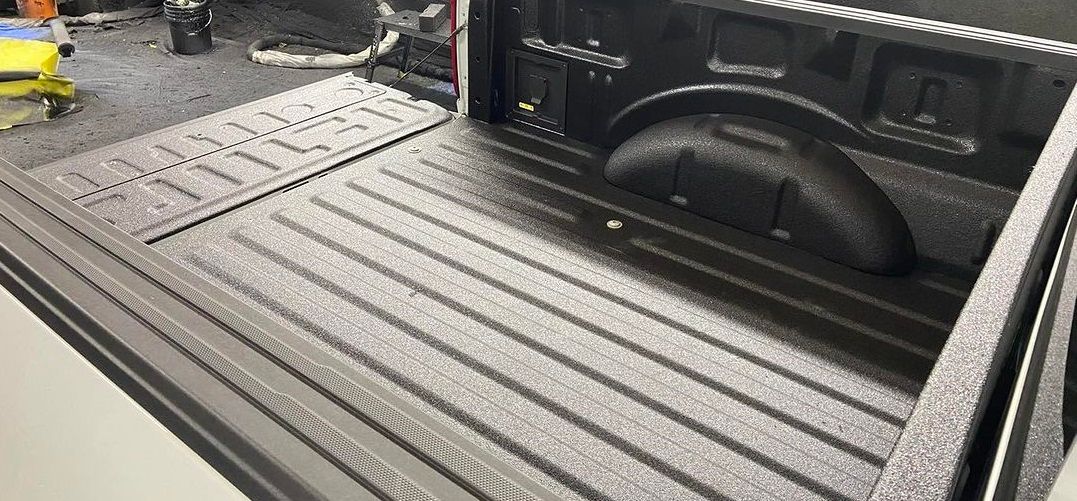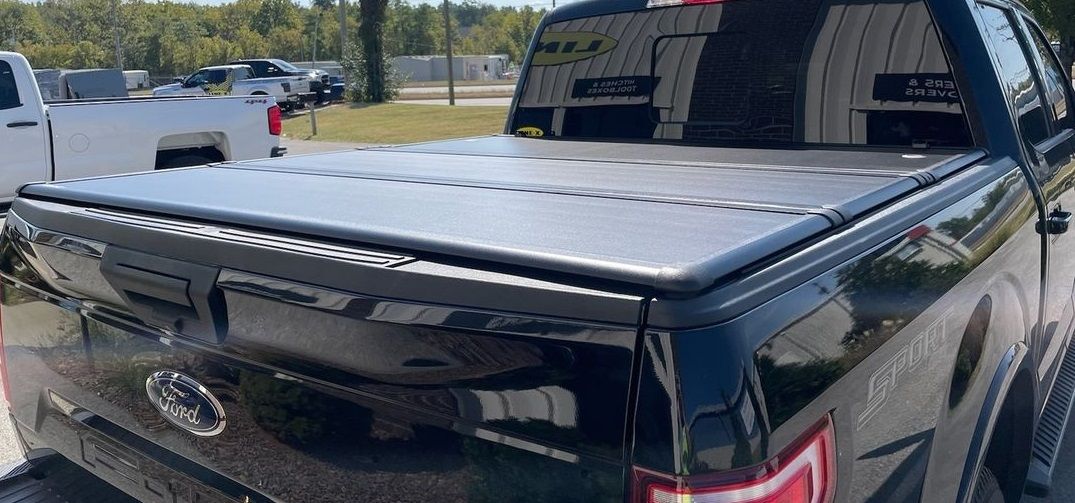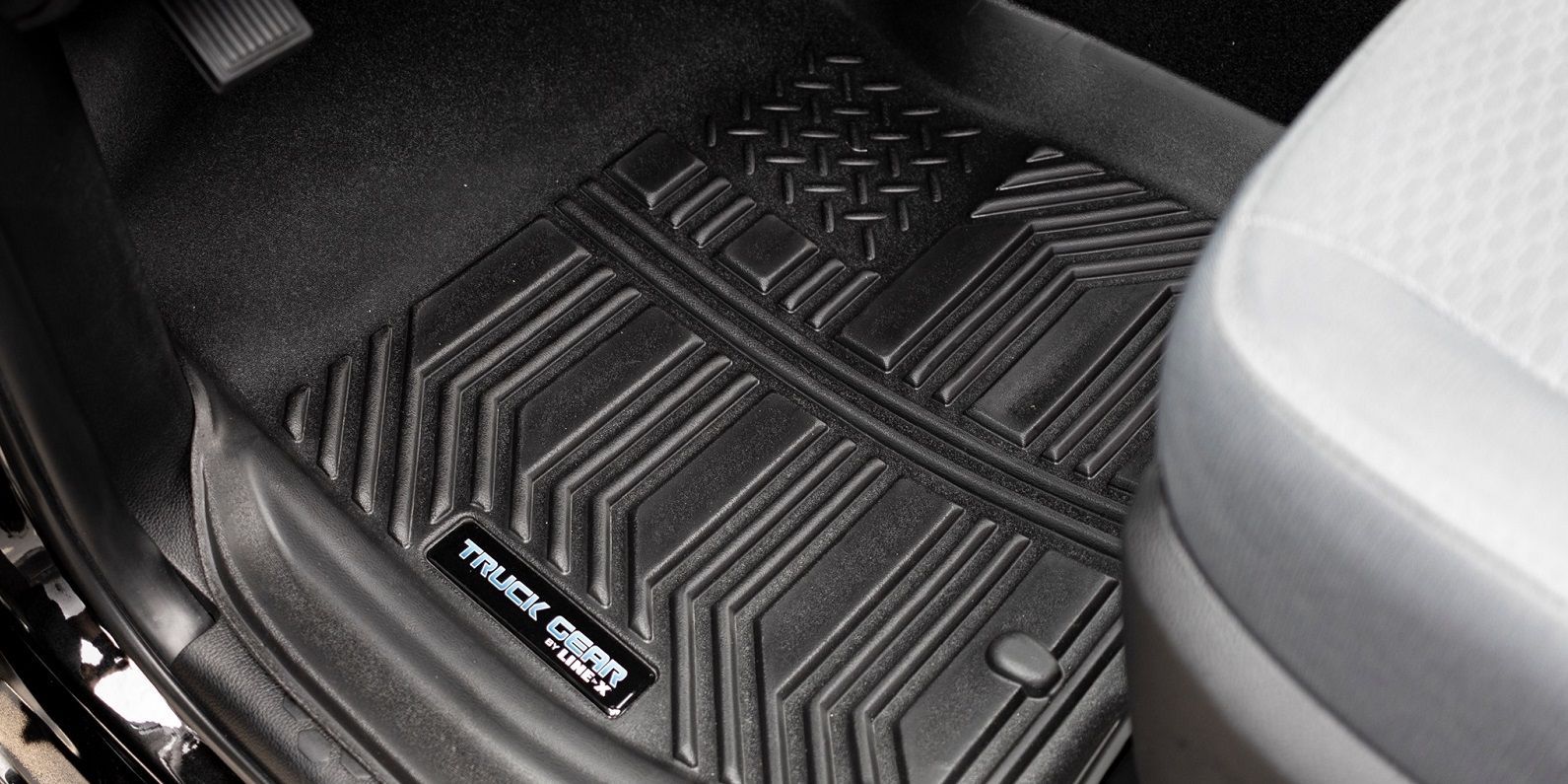DIY Spray-On Bed Liner: Tips and Tricks for a Flawless Finish
Spray-on bed liners provide a seamless, protective layer that conforms to the contours of your truck bed, ensuring complete coverage. Unlike drop-in liners, they don't trap water or debris and won't shift or crack over time. Their custom fit means there are no gaps where moisture can accumulate, which can lead to rust and corrosion. Additionally, spray-on liners maintain the truck's original appearance and do not interfere with cargo space, providing a smooth, skid-resistant surface that keeps items in place.
Moreover, they offer superior protection against rust, scratches, and UV damage, making them the go-to choice for many truck owners. These liners are also resistant to chemicals and temperature extremes, ensuring long-lasting durability even in harsh environments. For those who frequently use their truck for work or outdoor activities, the peace of mind that comes with such comprehensive protection is invaluable. They not only preserve the truck’s functionality but also enhance its resale value by keeping the bed in pristine condition.
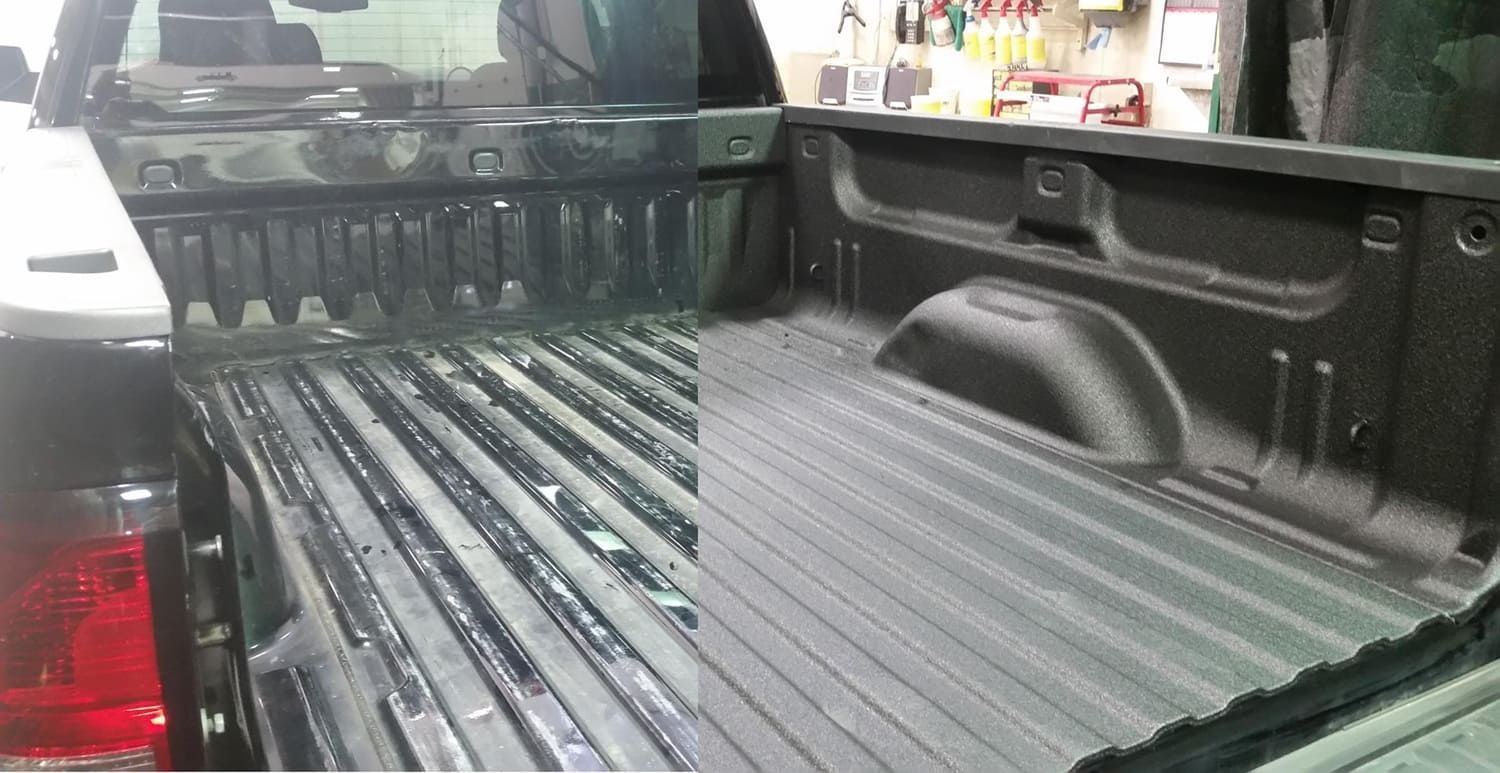
Advantages of DIY Application
Opting for a DIY approach to applying a spray-on bed liner can be both cost-effective and rewarding. While professional applications can be expensive, doing it yourself allows you to achieve similar results without breaking the bank. The cost savings can be significant, freeing up resources for other vehicle enhancements or maintenance needs. Plus, you'll gain the satisfaction of completing a project on your own, mastering a new skill that can be applied to other DIY automotive projects.
Additionally, a DIY application allows for greater control over the process, from choosing the exact product to applying it at your own pace. This flexibility ensures that you can tailor the application to meet your specific needs, whether that means applying extra layers in high-wear areas or experimenting with different textures and colors. The sense of achievement that comes from transforming your truck bed with your own hands cannot be understated, offering a unique blend of pride and practicality.
Choosing the Right Bed Liner Spray
Before starting, it's crucial to select the right bed liner spray for your truck. Consider factors such as durability, finish, and ease of application. Some popular choices include:
- Polyurethane-based liners: Known for their flexibility and impact resistance. These liners are ideal for truck owners who frequently haul heavy or uneven loads, as they can absorb shock without cracking or peeling.
- Polyurea-based liners: Offer excellent abrasion and chemical resistance. They are particularly suited for environments where chemical spills might occur, such as in agricultural or industrial settings.
- Hybrid formulations: Combine the best features of polyurethane and polyurea, offering a balanced blend of flexibility and toughness. These are versatile options that cater to a wide range of uses, from casual to heavy-duty applications.
When selecting a bed liner spray, also consider the texture and color options available. Some formulations offer a smooth finish, while others provide a gritty texture for additional grip. Color choices can range from classic black to custom shades that match or complement your vehicle's paint job, allowing you to personalize your truck's appearance while protecting it.
Preparing Your Truck Bed
Preparation is key to a successful DIY spray-on bed liner application. Follow these steps to ensure your truck bed is ready:
Cleaning the Surface
Start by thoroughly cleaning your truck bed. Remove all dirt, grease, and debris using a degreaser and a stiff brush. This step is vital because any residue left behind can compromise the liner's adhesion, leading to peeling or bubbling over time. Rinse the area with water and allow it to dry completely. A clean surface ensures better adhesion of the bed liner spray, providing a solid foundation for the protective layer to bond effectively with the truck bed.
For tough stains or residues, consider using a stronger cleaning agent, but ensure it is thoroughly rinsed off to prevent any chemical interference with the liner application. Pay special attention to corners and seams, as dirt tends to accumulate in these areas. Once the truck bed is spotless, a final wipe-down with a microfiber cloth can remove any remaining moisture or particles, setting the stage for the next step.
Sanding for Better Adhesion
Next, sand the entire surface of the truck bed with a medium-grit sandpaper (around 120 grit). This step is crucial as it roughens up the surface, allowing the bed liner spray to adhere more effectively. Sanding creates tiny grooves in the metal, enhancing the mechanical bond between the liner and the truck bed. After sanding, clean the surface again to remove any dust particles. This double-cleaning process ensures that no sanding debris remains, which could otherwise interfere with the liner's adhesion.
Be thorough but careful during the sanding process to avoid overly aggressive abrasion that could damage the truck bed. Using an orbital sander can help achieve an even finish, ensuring consistent adhesion across the entire surface. Once sanding is complete, a quick vacuum or compressed air blast can help eliminate any lingering dust, preparing the bed for the final pre-application step.
Masking Off Areas
Use painter's tape and plastic sheeting to mask off areas you don't want to be sprayed, such as the tailgate, vehicle edges, and any bolts or screws. This will help you achieve clean lines and prevent overspray. Proper masking is crucial for maintaining the truck's overall aesthetic and functionality, ensuring that only the intended areas receive the liner.
Take your time to ensure that all sections are securely covered, and double-check that the tape adheres well to the surfaces. This attention to detail will pay off with a professional-looking finish and minimize the need for touch-ups or corrections after application. Remember to cover any areas where you plan to attach accessories or components post-application, preserving these spots for easy installation later.
Applying the Spray-On Bed Liner
Once your truck bed is prepped, it's time to apply the bed liner spray. Here are some tips to ensure a smooth application:
Equipment and Safety
Invest in a high-quality spray gun designed for bed liner applications. These tools offer precise control over the spray pattern, ensuring an even application across the truck bed. Wear protective gear, including gloves, goggles, and a mask, to protect yourself from fumes and overspray. Safety should always be a priority, as the chemicals involved can be hazardous if inhaled or if they come into contact with your skin.
Ensure that your workspace is well-ventilated, reducing the concentration of fumes and enhancing drying times. If you're working indoors, consider using fans or extraction units to maintain airflow. Proper lighting is also essential, allowing you to see the application clearly and avoid missing any spots.
Application Technique
- Test Spray: Before applying the liner, perform a test spray on a piece of cardboard to ensure the spray pattern and pressure are correct. This step helps you adjust the settings on your spray gun, ensuring optimal performance during the actual application.
- Even Coating: Apply the spray in even, overlapping strokes, maintaining a consistent distance from the surface. This helps to avoid drips and ensures a uniform finish. Take care to start and stop each stroke off the truck bed surface to prevent buildup at the edges.
- Multiple Coats: For the best results, apply multiple coats. Allow each coat to dry according to the manufacturer's instructions before applying the next. Multiple coats ensure comprehensive coverage and durability, enhancing the liner's protective qualities.
Be patient and methodical during application, allowing yourself time to adjust and perfect your technique. If you notice any inconsistencies or imperfections, address them promptly, ensuring each layer dries smooth and even before proceeding.
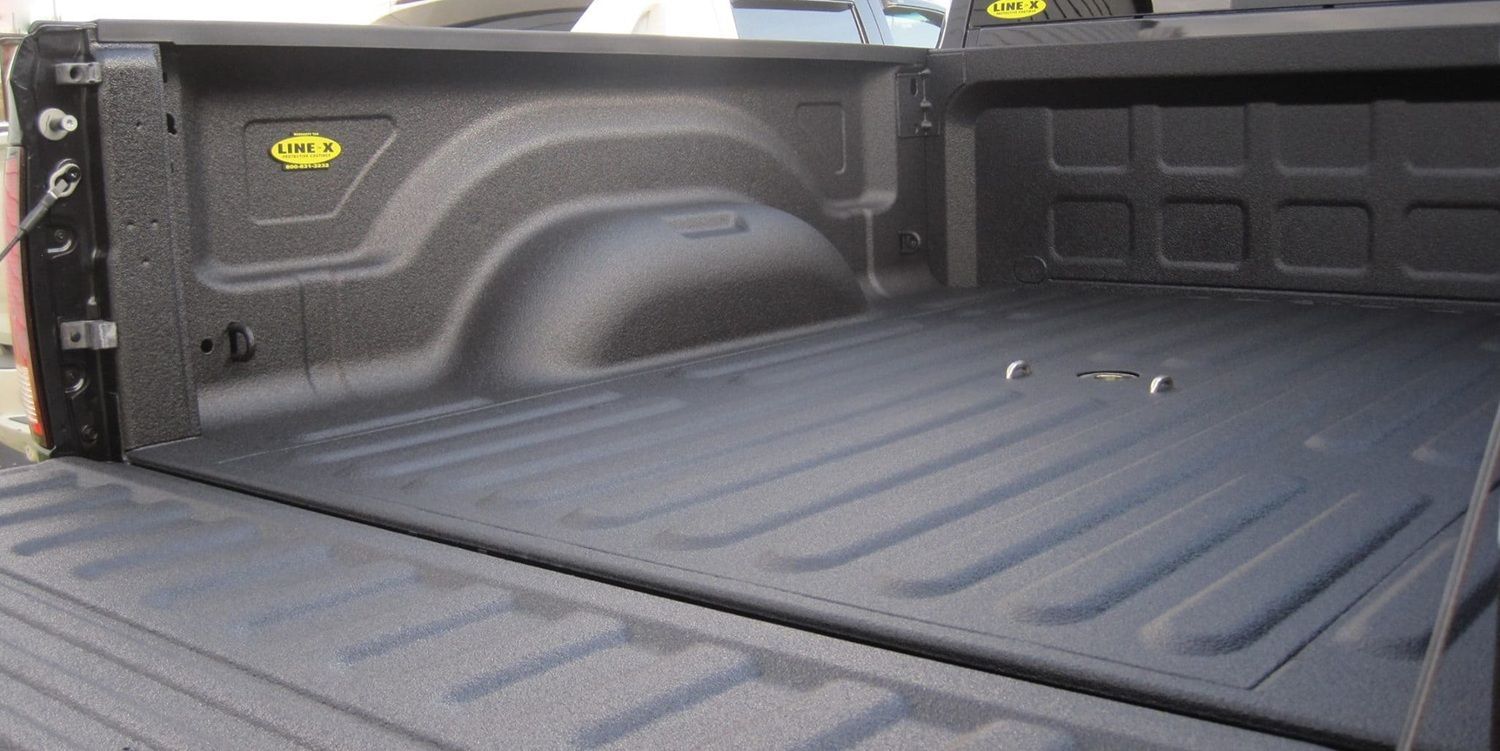
Curing and Finishing Touches
After applying the final coat, allow the bed liner to cure fully. Curing times vary, but it typically takes 24-48 hours. During this time, avoid using the truck bed to ensure the liner sets properly. The curing process is crucial for the liner's longevity, as it solidifies the protective layer, making it resistant to scratches and impact.
Inspecting the Finish
Once cured, inspect the bed liner for any missed spots or thin areas. A thorough inspection can catch areas that may require additional touch-ups, ensuring no section is left vulnerable to damage. Touch up as needed to ensure complete coverage. A flawless finish will provide optimal protection for your truck bed, preserving its appearance and functionality for years to come.
Use a flashlight or bright light to scrutinize the liner in various conditions, ensuring that every inch is covered. If you find any imperfections, lightly sand the area and reapply the liner as necessary, giving it adequate time to dry and blend seamlessly with the surrounding coating.
Regular Maintenance
To keep your spray-on bed liner in top condition, clean it regularly with mild soap and water. This routine maintenance helps prevent the buildup of dirt and grime, which can degrade the liner over time. Avoid using harsh chemicals or abrasive cleaners, as these can damage the liner. Regular inspections will help you catch any wear or damage early, allowing for timely repairs. By maintaining the liner, you extend its lifespan and preserve its protective qualities, ensuring your truck bed remains in excellent condition.
Set a regular schedule for cleaning and inspection, perhaps aligning it with your vehicle's general maintenance routine. This proactive approach not only maintains the liner's appearance but also maximizes its durability and effectiveness, making it a worthwhile investment in your vehicle's upkeep.
Common Mistakes to Avoid
While applying a DIY spray-on bed liner is straightforward, there are common pitfalls to watch out for:
- Insufficient preparation: Skipping the cleaning or sanding process can result in poor adhesion and a subpar finish. Proper preparation is foundational to a successful application, setting the stage for a long-lasting liner.
- Rushing the application: Allow each coat to dry fully before applying the next to avoid a tacky or uneven surface. Patience during this phase can make all the difference between a professional-looking finish and one that falls short.
- Ignoring safety precautions: Always use protective gear and work in a well-ventilated area to prevent health hazards. Safety should never be compromised, ensuring a secure and successful DIY project.
Additionally, avoid applying the liner in adverse weather conditions, such as high humidity or extreme temperatures, which can affect the drying and curing process. Plan your project when weather conditions are optimal, ensuring the best possible results.
Conclusion
Applying a DIY spray-on bed liner is an effective way to protect your truck bed while adding a sleek, professional look. However, for the highest level of durability, protection, and precision, trust the experts at LINE-X of Greenville. Our professional spray-on bedliners come with a lifetime warranty, ensuring long-lasting defense against impact, corrosion, and wear.
By following the steps outlined in this guide, you can achieve a durable and flawless finish that will stand the test of time. But for the ultimate protection, our expertly installed LINE-X bedliners provide unmatched strength and resilience.
At LINE-X of Greenville, we proudly serve Greenville, SC, offering premium spray-on bedliners tailored to your truck’s needs. Contact us today for a free estimate and experience the superior quality, durability, and lifetime protection that comes with professional installation.
Enjoy your newly coated truck bed and the peace of mind that comes with knowing it's well-protected. With the right approach, your LINE-X bedliner will not only enhance your truck's functionality but also its aesthetic appeal, providing lasting benefits for years to come.
